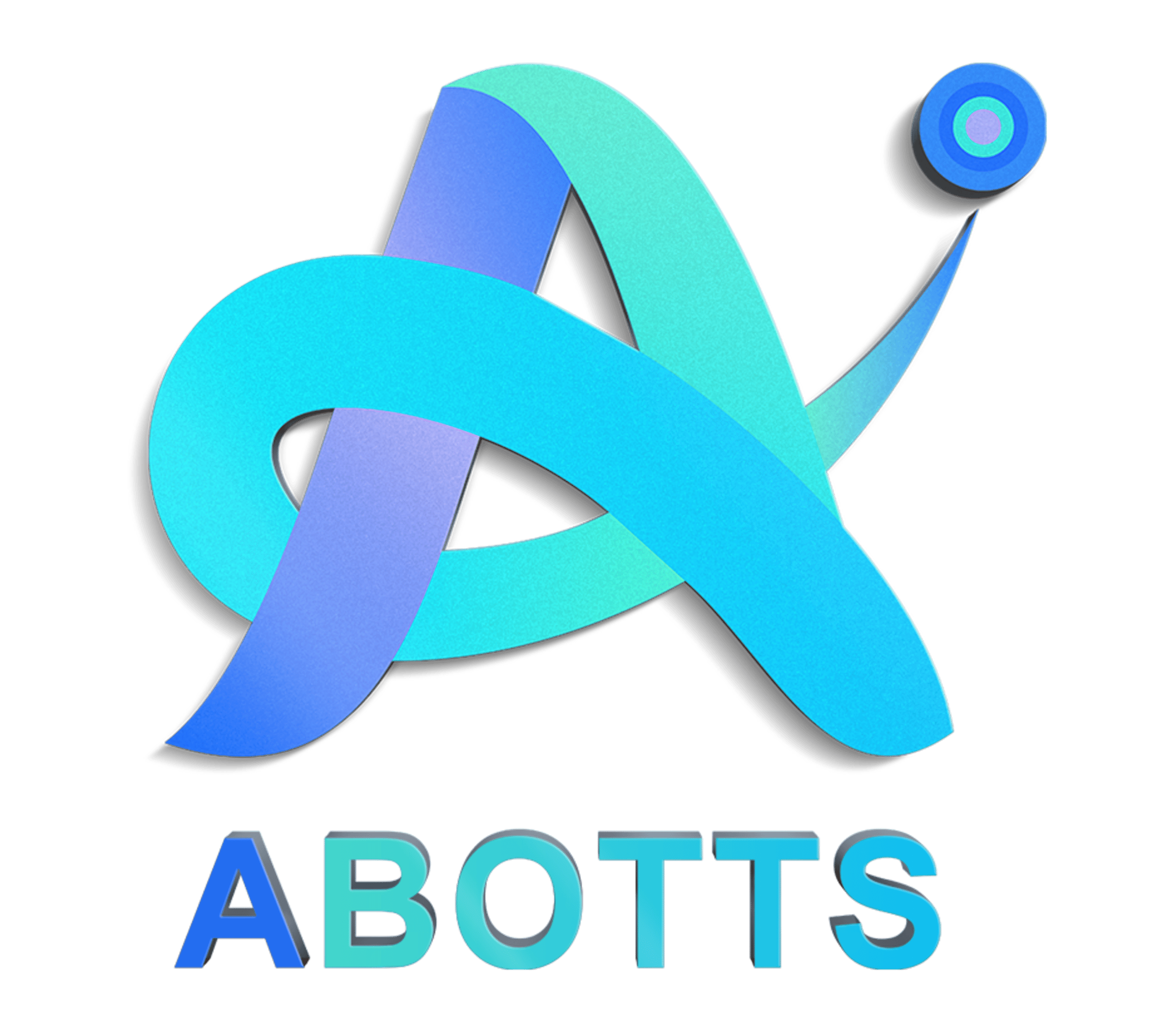Maintenance and features of autonomous database in OCI
Oracle Cloud Infrastructure (OCI) is a comprehensive suite of cloud computing services offered by Oracle. It provides a range of services designed for enterprises and developers, offering compute power, storage, networking, and database services, among others. Here’s an overview of some key features
1. Features of Autonomous database in OCI
Oracle Cloud Infrastructure is a comprehensive suite of cloud services designed to help businesses move their workloads to the cloud while benefiting from Oracle’s enterprise-grade technology. OCI provides a wide range of cloud services that include computing, storage, networking, databases, artificial intelligence (AI), security, and analytics.
OCI offers a variety of cloud deployment models:
- Public Cloud: Shared resources, offering on-demand computing resources with global availability.
- Dedicated Region: Provides on-premises-like infrastructure while leveraging Oracle’s cloud capabilities.
- Private Cloud Appliance: Runs OCI workloads on a customer’s data center.
Key features of OCI:
- Compute Services: Flexible compute options with virtual machines, bare metal instances, and Kubernetes clusters.
- Networking: Virtual Cloud Network (VCN) for private and secure networking with the internet.
- Storage: Block storage, object storage, file storage, and archival storage.
- Security: Identity and access management (IAM), encryption, firewalls, and secure key management.
- Monitoring & Analytics: Monitoring, logging, and analysis services that help optimize cloud environments.
Key Features of Autonomous Database:
- Self-Driving: The ADB service takes care of the database management lifecycle, eliminating the need for database administrators to handle tasks like backup, patching, and scaling.
- Self-Securing: Security patches are automatically applied without interrupting database availability, ensuring up-to-date protection.
- Self-Repairing: If any issues occur with the database instance, Oracle’s Autonomous Database can perform automatic recovery and repairs.
- Performance Optimization: Uses machine learning to automatically optimize the performance of the database, tuning queries, indexing, and adjusting resource allocation.
- Cost-Effective: ADB operates on a pay-per-use model, which means users are charged for actual usage, avoiding upfront costs and over-provisioning.
Deployment Models for ADB:
- Shared Infrastructure: The database runs on a shared physical infrastructure but is isolated logically.
- Dedicated Infrastructure: Provides a dedicated physical machine for high-performance workloads, offering more control and security.
Additional Features:
- Automatic Scaling: Both compute and storage resources scale automatically to meet workload demands, ensuring performance without manual intervention.
- High Availability: ADB is designed with high availability, providing fault tolerance and automatic failover across regions or availability domains.
- Data Integration: ADB integrates with a variety of services like Oracle Analytics Cloud (OAC), Oracle Data Integration, and Oracle Autonomous Data Warehouse to streamline data flows.
- Reduced Operational Overhead: Automation of tasks such as database tuning, patching, backups, and security minimizes manual intervention and reduces operational costs.
- Improved Performance: Through machine learning-based optimization, ADB ensures the database is always tuned for the best performance.
- Scalability: As workloads change, ADB can scale both horizontally (compute) and vertically (storage) without disrupting service.
- Security: End-to-end encryption, automated patching, and tight integration with Oracle Identity Management ensure the highest security standards.
2. Maintenance of autonomous database in OCI.
Autonomous Database automates most maintenance tasks, such as:
- Patching: Automatically applies patches without downtime or manual intervention.
- Backup and Restore: Provides automated backups with the ability to restore from any point within the backup retention period.
- Scaling: Automatically scales compute resources up or down based on workload demand. Users can configure auto-scaling policies.
- Security: Provides built-in encryption, automatic security updates, and access control via Identity and Access Management (IAM).
- Performance Tuning: Autonomous Database automatically optimizes performance through machine learning algorithms to ensure optimal workload execution without manual tuning.

 Abotts Partners with singapore based tech giant to help migrate their public sector customer from Sybase to SQL server.
Abotts Partners with singapore based tech giant to help migrate their public sector customer from Sybase to SQL server.
 Abotts successfully decouples and migrates Upwork EBS custom schema to oracle cloud.
Abotts successfully decouples and migrates Upwork EBS custom schema to oracle cloud.
 QuinStreet partners with Abotts to archive and manage their IT systems on Oracle cloud (OCI).
QuinStreet partners with Abotts to archive and manage their IT systems on Oracle cloud (OCI).
 Abotts Inc Partners with Gnorth consulting to deploy exadata and ODA for a large public sector customer.
Abotts Inc Partners with Gnorth consulting to deploy exadata and ODA for a large public sector customer.